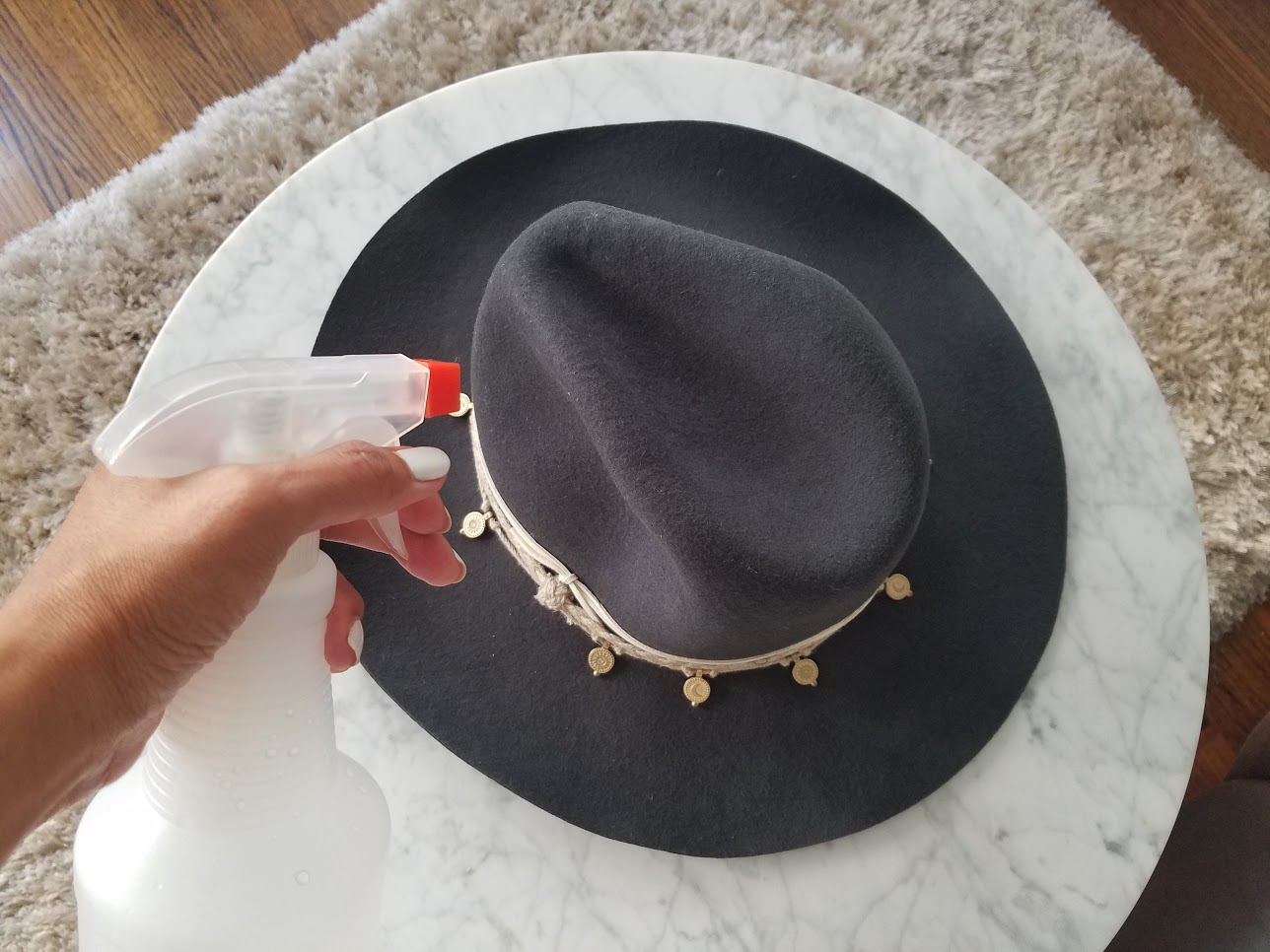Diapers, tampons, sanitary napkins, and toilet paper are designed to absorb liquids. When swallowed, they immediately begin to soak up the gastric juices in the digestive tract and swell in size and density. This robs the dog of vital fluids and puts them at risk for a life-threatening intestinal blockage.
Why do dogs eat human pads?
If the ingested item is something like a condom or maxi pad, items that your dog is unlikely to encounter in the dog park, the reason is probably not dietary or behavioral, but instinctual. The two sense organs a dog can use from birth are the nose and tongue.
Should I be worried if my dog ate a napkin?
If it is a small amount of clean kitchen roll or toilet paper, you may not need to attend. However, if your dog ate a large amount of paper towel, has eaten any amount of paper towel with a harmful substance, or is unwell, vomiting, or having diarrhea, your vet will probably want to see your dog immediately.
What are the symptoms of a blockage in a dog?
What are the symptoms of intestinal blockages in dogs?
- Vomiting.
- Loss of appetite.
- Weakness.
- Nausea.
- Diarrhea.
- Straining or unable to poop.
How do you know if your dog has intestinal blockage?
Most dogs with a GI obstruction have severe abdominal pain as well as a lack of appetite. A classic sign of pain is the bowing down position. Your dog may not want to be touched on the tummy. Or she may groan and be tense and wide eyed when you touch her there.
Should I make my dog throw up if he ate a tampon?
Do not attempt to induce vomiting at home if your dog ate a tampon. Your dog may not vomit up 100% of the contents in their stomach when doing this at home, meaning some of the tampon could still remain.
Does my puppy have a blockage?
Symptoms of Intestinal Obstruction in Dogs
Vomiting. Loss of appetite. Straining during bowel movements. Diarrhea.
How long can a dog live with an intestinal blockage?
How Long can a Dog with a serious Bowel Obstruction survive? A dog with intestinal blockage or bowel obstruction could die within 3 to 4 days if it is not quickly attended to. In the case of partial obstruction, the dog can survive for several weeks if it can keep drinking water.
How do I make my dog throw up?
Make sure you have a 3-percent hydrogen peroxide solution. Higher concentrations are toxic and can cause serious damage. Administer the proper amount: the suggested dosage is 1 teaspoon per 5 pounds of the dog’s body weight by mouth, with a maximum dose of 3 tablespoons for dogs who weigh more than 45 pounds.
What to give a dog to help them pass an object?
Feed a bulky meal of dry food to cushion stones or other heavy objects, and help them move on out. Food also turns on the digestive juices, which can help soften wads of rawhide treats, so they pass more readily.
How do you clear a dog’s blockage?
Dog intestinal blockage surgery is a major procedure, requiring your dog to be anesthetized. After the surgery, your dog will stay at the hospital and recover for several days. For the intestinal surgery, your vet will make an incision into your dog’s abdomen near the blockage site and carefully extract the object.
Can a dog pass a blockage?
In some cases, you can help your dog pass the obstruction naturally. However, there are cases when a gastrointestinal blockage needs to be removed by a veterinarian. As a dog owner, you need to decide whether you can help your dog pass an obstruction or whether you need to get it veterinary care.
Can a bowel obstruction clear on its own?
Most partial blockages get better on their own. Your doctor may give you a special diet that’s easier on your intestines. Enemas of air or fluid can help clear blockages by raising the pressure inside your bowels.
How much does it cost to remove a blockage from a dog?
How much does cat and dog intestinal blockage surgery cost? The cost of blockage surgery depends upon the pet’s specific situation, but can range from $800 to more than $7,0002, and often includes the exam, surgery, anesthesia, operating room use, hospitalization, medications and checkups.
How long does it take for a dog to pass something it ate?
When something is ingested by your dog, it usually takes between 10-24 hours to move through the entire digestive tract. Some objects, however, can take much longer – even months!
How long does it take for a dog to poop out a tampon?
In some very lucky dogs, the tampon may be vomited back up again immediately, or be passed through the gut successfully and exit at the other end (after about two to five days), but there is always a risk of complications developing.
Why do dogs eat pads and tampons?
And because dogs are both hunters and scavengers, they’re naturally attracted to smells of bodily fluids, as well as smells associated with decay. When dogs smell a biowaste product, they likely feel compelled to investigate into it, and they do so with their nose and tongue.
Can a dog pass a sock?
Socks may seem relatively benign, but they can actually wreak considerable havoc while traveling through your dog’s digestive tract. They’ll occasionally pass through a dog’s digestive system without much trouble, but it is always a situation to take seriously.

